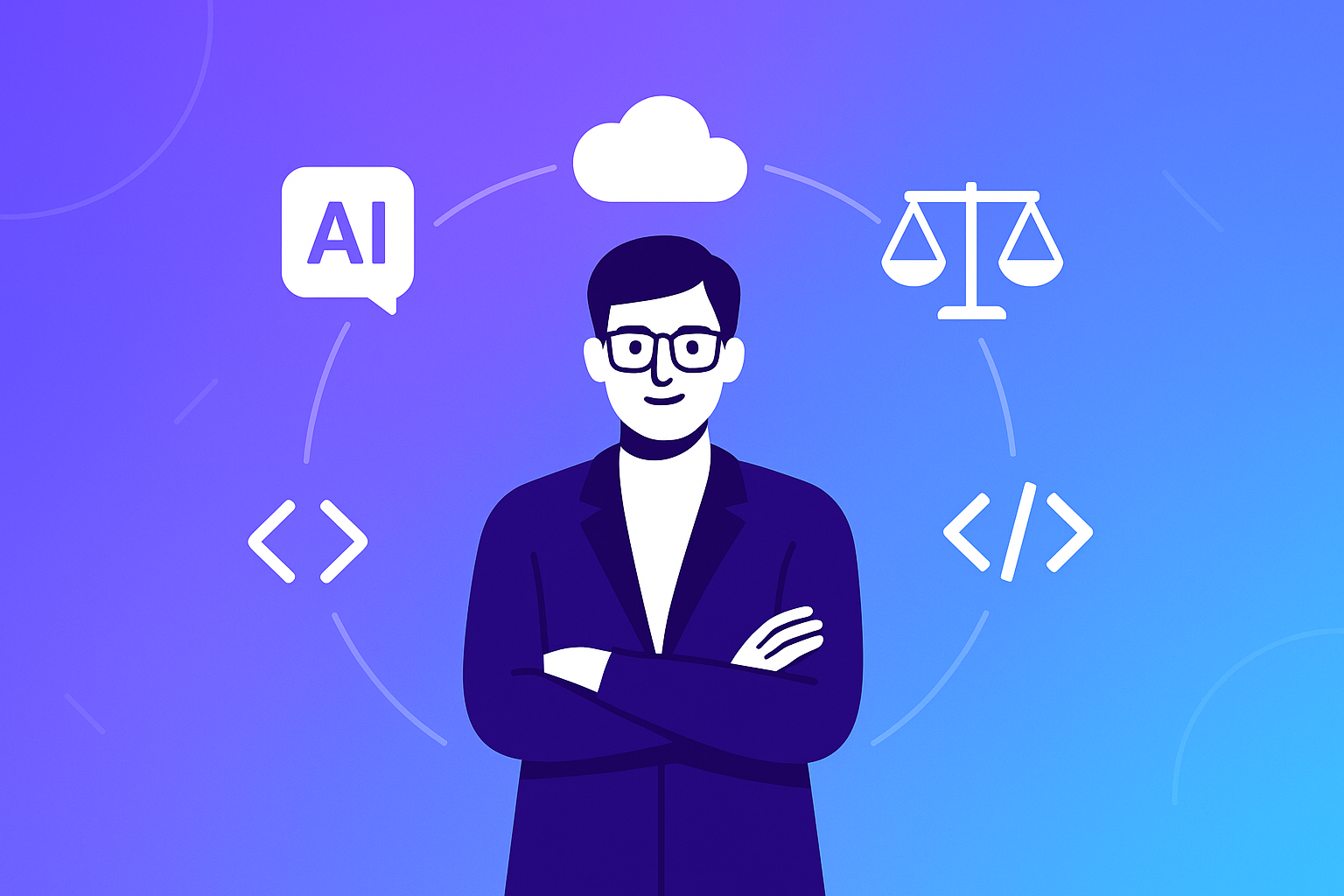Is AI Replacing Data Scientists or Making Them Stronger?

Sorry, there were no results found for “”
Sorry, there were no results found for “”
Sorry, there were no results found for “”
AI is rewriting data science roles faster than résumés can keep up.
Automation takes over repetitive tasks like modeling and data prep, but strategic insight, domain expertise, and ethical judgment stay human.
Understand what’s changing to avoid falling behind, and discover how embracing AI unlocks opportunities for more impactful work.
AI will not fully replace data scientists but will automate repetitive tasks like model selection, hyperparameter tuning, and basic coding. Over half of data scientists already leverage AutoML and generative AI to streamline their workflows.
However, AI still falls short when facing ambiguous business problems, complex trade-offs, or decisions requiring contextual understanding and nuanced communication.
Only about 6% of companies have fully integrated generative AI beyond pilot programs, highlighting AI’s limitations. Human judgment, strategic framing, and domain expertise remain critical for translating technical insights into impactful business outcomes.
Rather than replacement, AI’s real role is augmenting human capability, ensuring data scientists remain indispensable.
AI automation already significantly reduces the time spent on routine data science tasks. AutoML platforms shrink model training timelines by up to 40%, accelerating product launches and cutting repetitive labor costs.
Scientists increasingly integrate AI-generated code directly into workflows, transforming days of manual effort into mere hours.
Consequently, firms reallocate data scientists toward higher-impact tasks like causal inference, strategic planning, and experimental design.
This shift elevates baseline skill requirements, demanding proficiency in AI tools and prompt engineering alongside traditional statistical knowledge.
Professionals who master this hybrid skillset will secure their roles and expand their career opportunities amid growing automation.
Four trends are redefining how data scientists work, and each one tilts the balance between automation and human judgment in a different direction.
Large language models now generate Python scripts, SQL queries, and even full analysis pipelines from natural-language prompts.
Early benchmarks show that with careful prompt refinement, these assistants produce code accurate enough for real use in more than half of test cases.
This matters because it collapses the iteration loop: a data scientist can prototype three competing approaches in the time it once took to hand-code one.
Tools like DataRobot and H2O Driverless AI let non-specialists build predictive models without writing a single line of code.
This democratization means marketing analysts and finance teams can run their own churn models or demand forecasts, reducing bottlenecks at the central data science team.
The downside is commoditization; if anyone can train a random forest, premium pay shifts to those who know when not to use one.
AI-driven observability systems now detect data drift, concept shift, and fairness violations automatically, alerting human operators only when intervention is required.
This trend elevates data scientists from reactive troubleshooters to proactive strategists who design guard rails rather than patch failing models after the fact.
Regulators and customers alike demand transparency, pushing data scientists into roles that blend technical skill with policy fluency.
AI can flag statistical bias, but it cannot navigate the ethical trade-offs inherent in sensitive applications like credit scoring or hiring algorithms. That judgment call remains a human responsibility.
These four forces together suggest a future in which data scientists spend less time coding from scratch and more time orchestrating systems, validating outputs, and explaining implications to stakeholders.
Technology alone no longer secures a data science role; the market now pays for judgment wrapped around technical capability. Here’s how to rebalance your skill mix.
Core Skills
These remain the foundation, whether you work alone or alongside AI.
Deepening these core skills lets you catch errors that AI tools miss and design experiments that machines cannot yet conceive. They also feed directly into the adjacent capabilities below.
Adjacent Skills
These multiply the impact of your core work and distinguish you from purely technical operators.
Mastering adjacent skills positions you as a bridge between technical teams and business decision-makers, a role that automation cannot yet replicate. As AI-proof career strategies make clear, versatility beats narrow specialization.
Sunset Skills
These once-essential tasks are fading fast as AI handles them more reliably.
Dropping outdated skills frees you to focus on more valuable tasks, shifting from manual model-tuning to building systems that optimize themselves.
Combining machine efficiency with human judgment is the competitive advantage that will define success beyond 2026.
Yes, data science remains a smart career choice, supported by rapid industry growth, attractive salaries, and increasing demand for specialized expertis
With employment projected to rise 34% from 2024 to 2034, professionals skilled at extracting insight from growing data volumes, navigating regulatory pressures, and translating predictive analytics into strategic actions will stay highly valuable.
This sustained demand has driven median salaries in major U.S. metros between $120,000 and $160,000, while competition for experienced talent has shortened promotion timelines.
Professionals who strategically position themselves in niches like healthcare analytics, financial risk modeling, or AI ethics auditing will find increased job security and premium pay.
Gartner predicts that around 80% of routine data science tasks could be automated by 2025, a shift that demands immediate action rather than passive observation.
The professionals who start adapting now will lead teams and shape strategy, while those who wait risk becoming the very redundancy they feared.
Here’s your action roadmap:
These steps are not theoretical; they reflect how top-tier data scientists are already positioning themselves.
© 2025 ClickUp